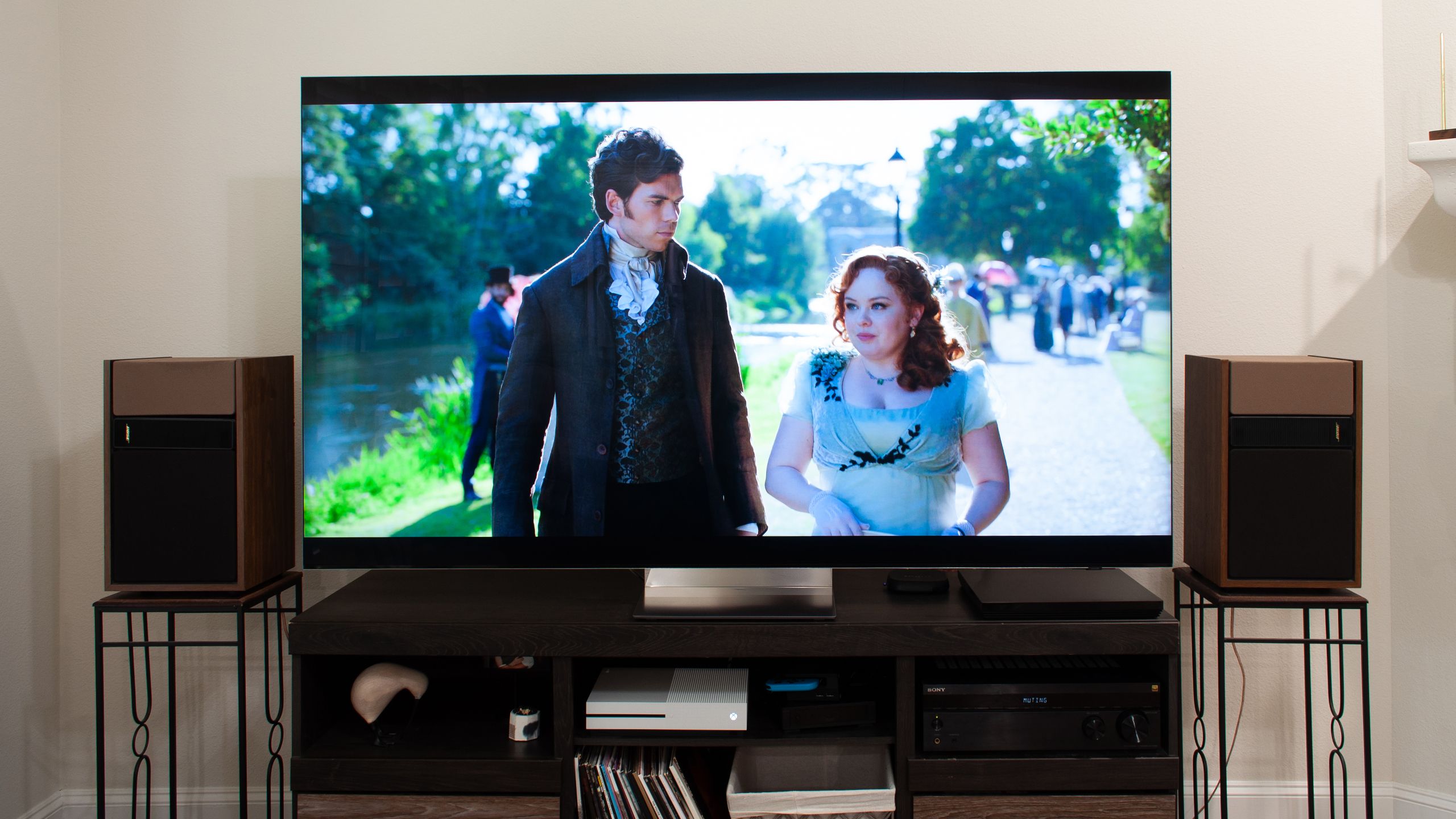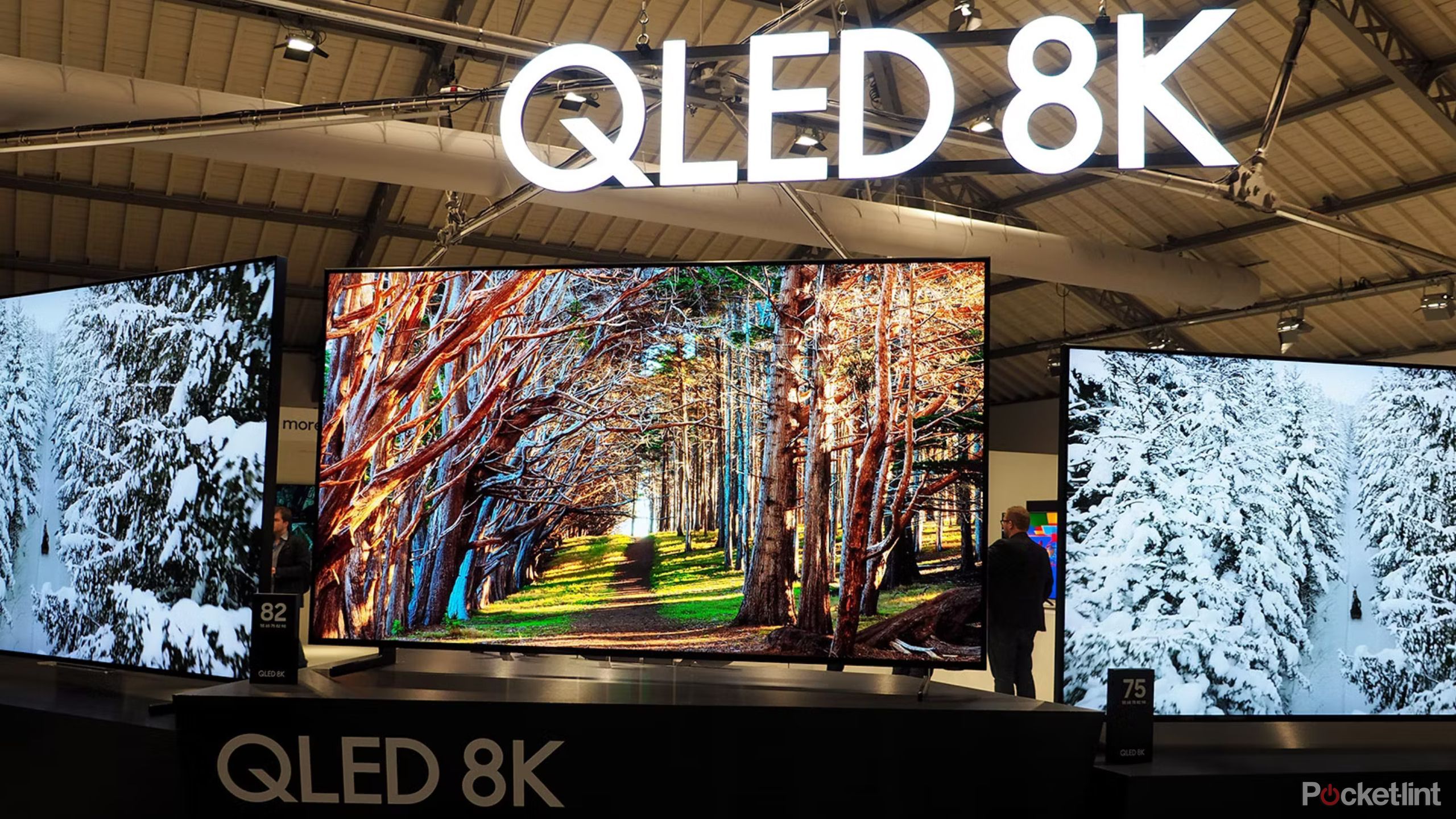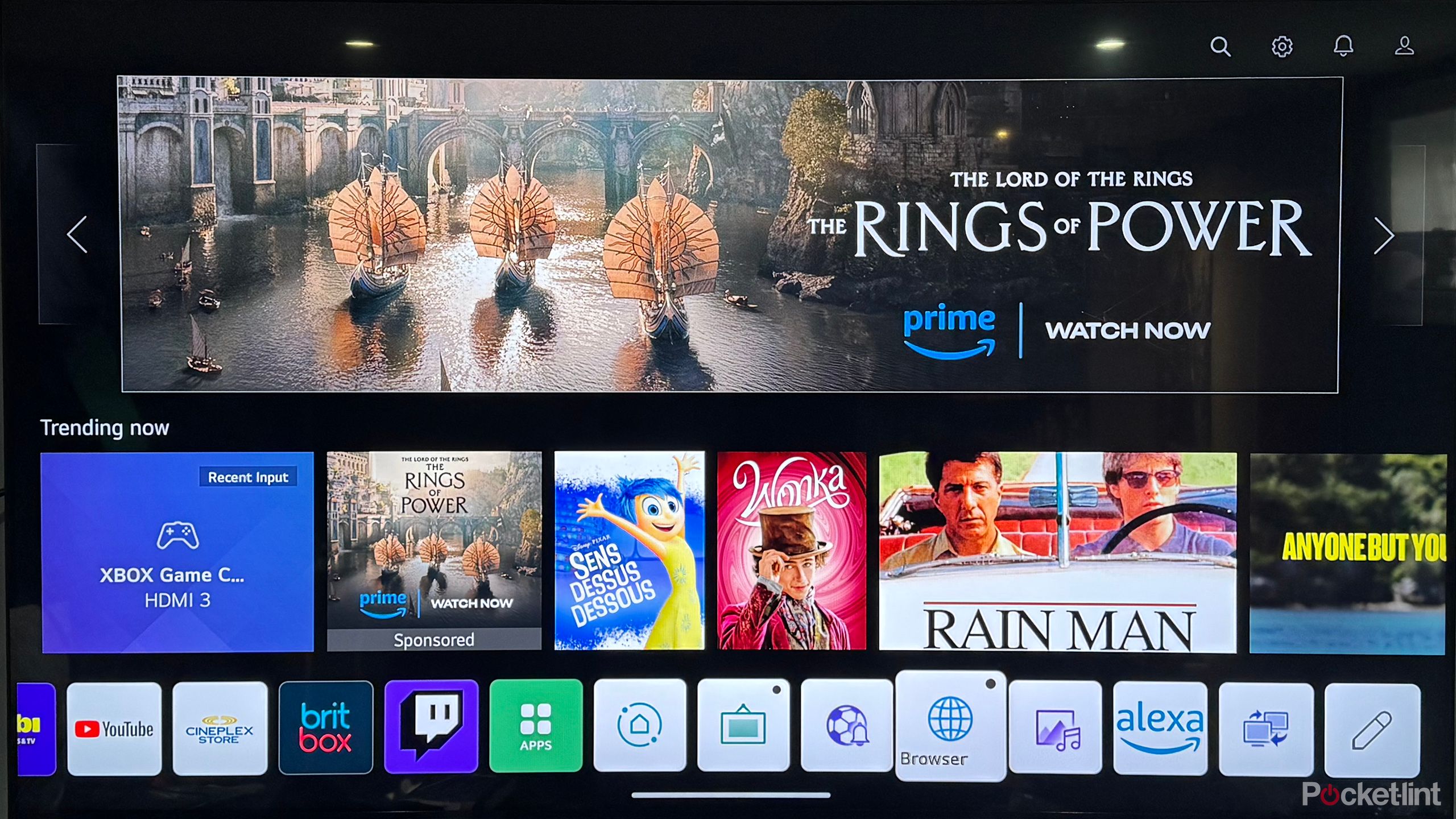Key Takeaways
- 8K TVs feature around 33 million pixels, four times as many as 4K TVs.
- More pixels means more detail and color accuracy, but 8K TVs also come with a higher cost.
- With few options and little compatible content, 8K TVs are not worth the investment.
Smart TV manufacturers are pushing forth some pretty impressive units, with the latest models able to achieve incredible contrast without sacrificing brightness. TVs from the likes of Sony and LG, among others, offer faithful recreation of TVs and shows in the vision of the filmmaker. And increasingly, smart TVs are ready to provide immersive gaming without lag, handling vast online realms with ease to allow for seamless online play.
For all the advances in screen technology, and the implementation of AI assistants to tailor an entertainment experience to your environment, there is one facet of smart TVs that seems to be lagging: resolution. 4K, or UHD, smart TVs are ubiquitous; they are so common that they are mostly after thoughts for anyone looking to invest in a new, quality smart TV, and that’s been the case for quite some time.
That’s because the next step-up is 8K resolution, which boasts 7,680 by 4,320 pixels, around 33 million in total. Investing in such a TV comes with some caveats and concerns. Here’s what you should know about 8K TVs, and why it’s probably not worth it. At least for now.
Related
I’d never buy a smart TV without considering these 5 things
Buying a TV involves more than just measuring and budget — there are other features that can make or break your experience.
A question of compatible content
A smart TV on its own is not enough
To get the most out of your 8K TV, you’ll need content that is shot in native 8K. Simply, there’s just not that much available. And without media that’s shot in 8K, you won’t be maximizing your investment. Consider how you consume content now. If you have a 4K smart TV, then it makes sense to invest in physical media that’s also 4K; you’ll want Blu-rays instead of DVDs. If you enjoy Netflix, you’ll want to opt into the Premium tier, which supports 4K resolution and HDR, instead of the standard plan that offers FHD as its highest resolution.
If your TV offers a higher resolution than that of your source material, your TV will upscale it, improving the overall image. The extent to which the image is better will be dependent on the TV’s technology. While upscaling can get you closer to the TV’s maximum resolution, it can only do so much with content that isn’t compatible. So while an 8K TV might help make the image look better than if it were played on a 4K TV, that difference might be negligible and likely not worth the monetary investment.
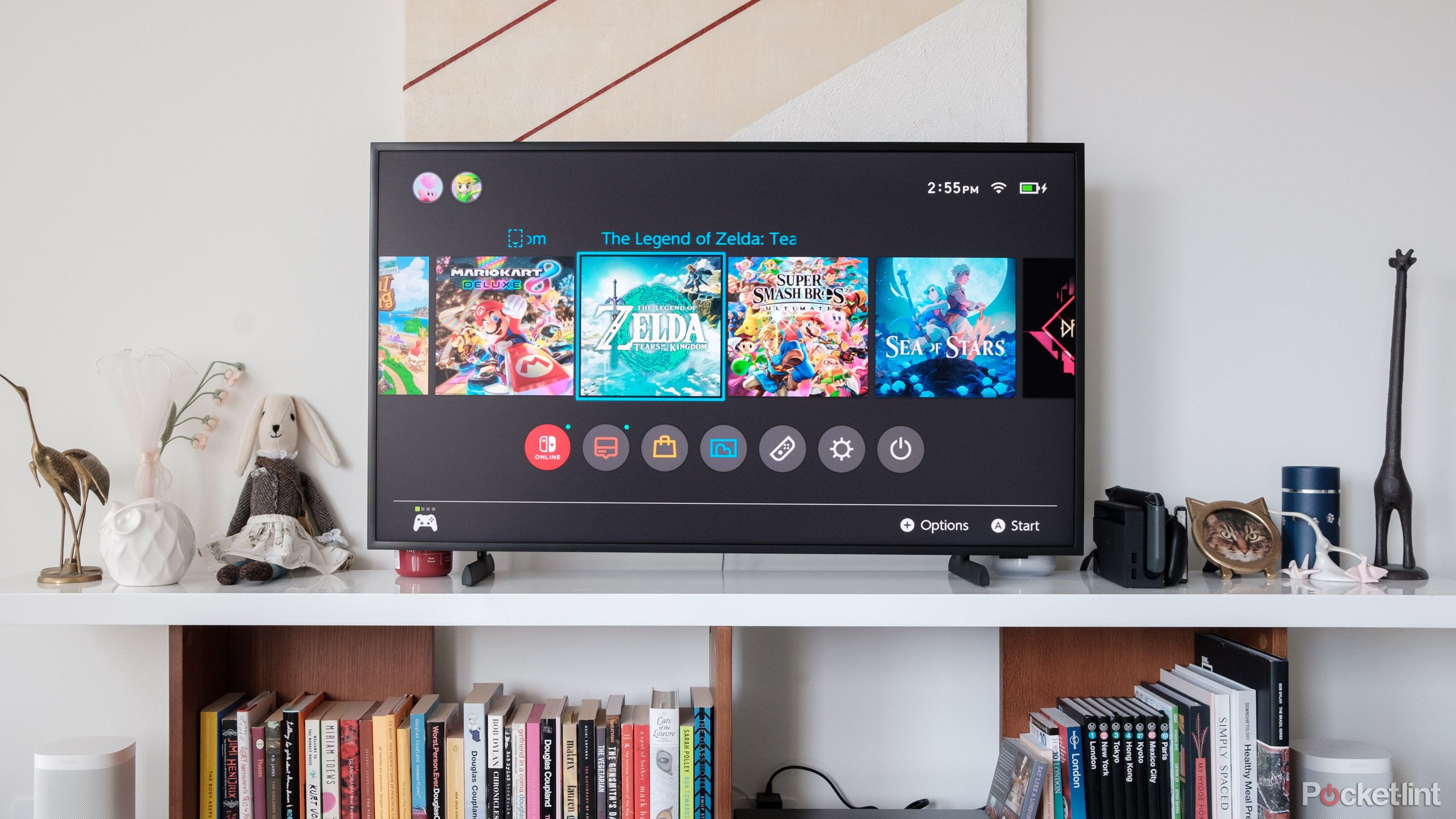
Related
This underused setting is how to level-up your smart TV
Smart TVs are pretty smart, but calibration makes them look and perform even better.
8Ks TVs are scarce
Limited stock forces compromise and raises prices
While there are 8K TVs available for purchase, there aren’t exactly a lot of options. Top manufacturers Sony, LG, and Samsung all offer one or two 8K options, while mid-tier companies like TCL and Hisense have also entered the 8K scene with their own respective models. However, the options offered by companies are few, especially compared to the ocean of 4K smart TVs available.
The lack of choice is problematic. Firstly, many of these TVs are expensive, in part due to their rarity, but also because they are expensive to make. The 77-inch 8K smart TV by LG retails for $10,000, while Samsung has two models that, at 65-inches, cost $3,500 and $6,500, respectively. There are cheaper options available, but because there are so few options available, it doesn’t necessarily mean these TVs are of high-quality or will end up matching your entertainment needs. 8K TVs, for example, aren’t made any smaller than 65-inches, and if you’re craving an OLED display, then you’re really limited as to what you can buy.

Related
What is LG TV’s WebOS hidden menu? Here’s how you access it
LG TV’s WebOS has a hidden menu — here’s how I accessed it and made my binge-watching that much better.
An 8K TV lacks value at the moment
A current investment will yield little
Smart TVs are sort of like cars: as soon as you start using them, they go down in value. If you buy an 8K TV, it’s not going to appreciate over time and be worth a lot in five years. It’s also not necessarily going to get better. TV manufacturers are constantly innovating and incorporating new technologies into their TVs, and each year there are models that come out that supplant what came before. While there may be software updates that come available, as well as improved streaming sticks that can level up your operating system, your TV’s screen isn’t going to improve over time.
If you’re buying an 8K TV today, you should intend on using it as much as possible and anticipate replacing it in about five years. There’s no use trying to keep it pristine while you wait for 8K content to arrive.
There are plenty of smart TV features and technologies that have helped foster an immersive entertainment experience filled with vibrant color, vivid detail, and cinematic fidelity. While 8K resolution is a logical next step for TV screens, the industry as a whole isn’t quite ready to pull the trigger on the upgraded resolution, so consumers are wise to wait.
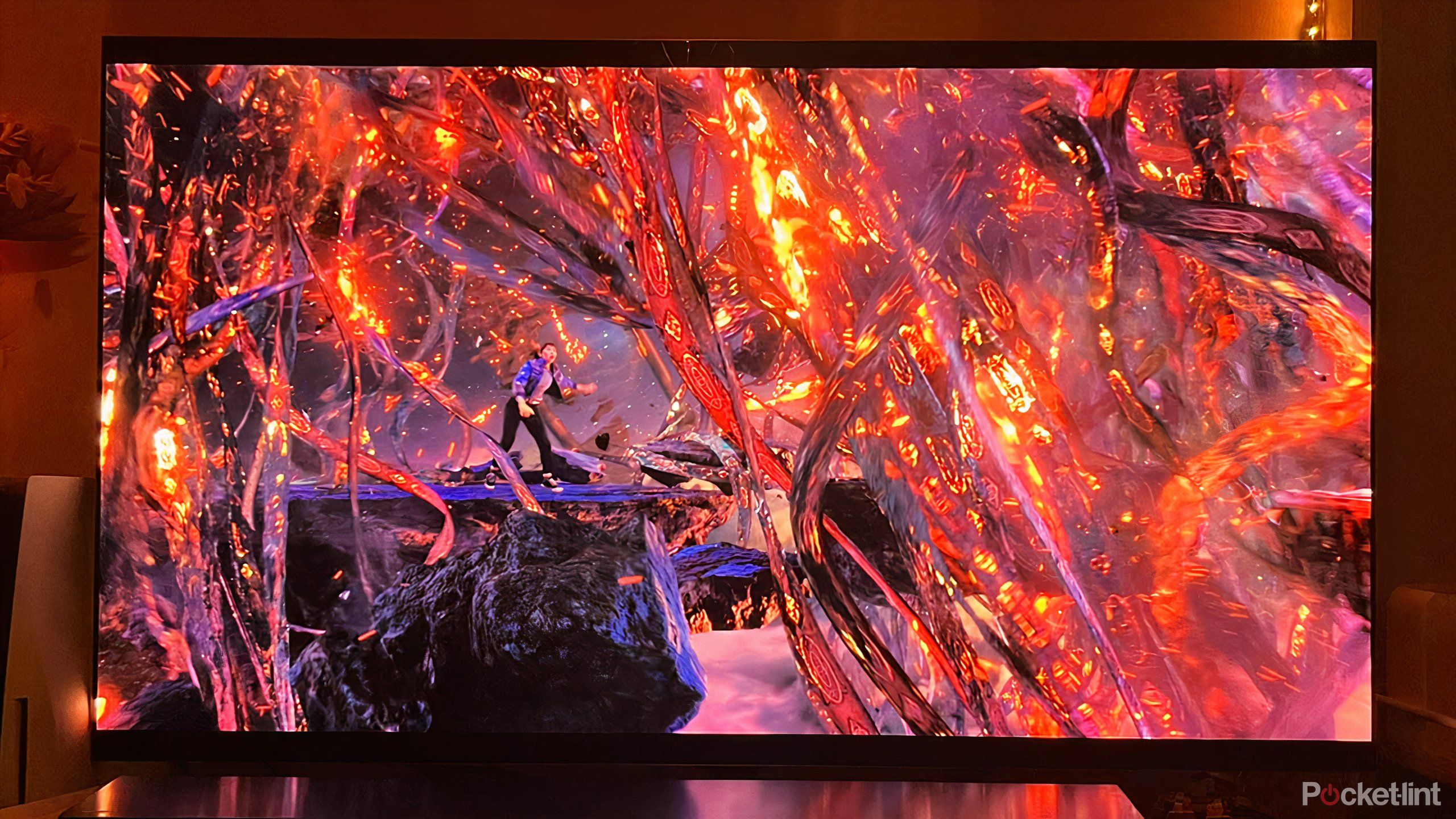
Related
5 things I won’t compromise on when buying a TV
To achieve my ideal viewing experience, there are some smart TV features and specs that I simply cannot concede.
Trending Products

Cooler Master MasterBox Q300L Micro-ATX Tower with Magnetic Design Dust Filter, Transparent Acrylic Side Panel…

ASUS TUF Gaming GT301 ZAKU II Edition ATX mid-Tower Compact case with Tempered Glass Side Panel, Honeycomb Front Panel…

ASUS TUF Gaming GT501 Mid-Tower Computer Case for up to EATX Motherboards with USB 3.0 Front Panel Cases GT501/GRY/WITH…

be quiet! Pure Base 500DX Black, Mid Tower ATX case, ARGB, 3 pre-installed Pure Wings 2, BGW37, tempered glass window

ASUS ROG Strix Helios GX601 White Edition RGB Mid-Tower Computer Case for ATX/EATX Motherboards with tempered glass…


